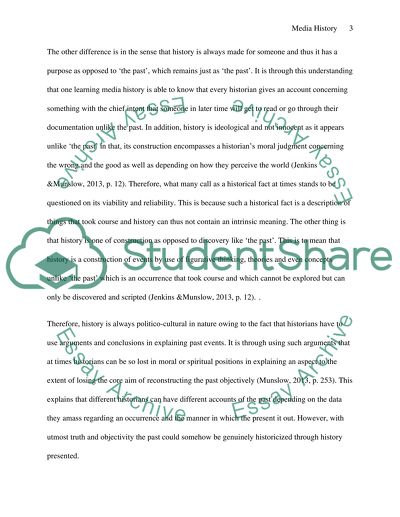Cite this document
(“Media History Essay Example | Topics and Well Written Essays - 2500 words”, n.d.)
Media History Essay Example | Topics and Well Written Essays - 2500 words. Retrieved from https://studentshare.org/journalism-communication/1699989-media-history
Media History Essay Example | Topics and Well Written Essays - 2500 words. Retrieved from https://studentshare.org/journalism-communication/1699989-media-history
(Media History Essay Example | Topics and Well Written Essays - 2500 Words)
Media History Essay Example | Topics and Well Written Essays - 2500 Words. https://studentshare.org/journalism-communication/1699989-media-history.
Media History Essay Example | Topics and Well Written Essays - 2500 Words. https://studentshare.org/journalism-communication/1699989-media-history.
“Media History Essay Example | Topics and Well Written Essays - 2500 Words”, n.d. https://studentshare.org/journalism-communication/1699989-media-history.


